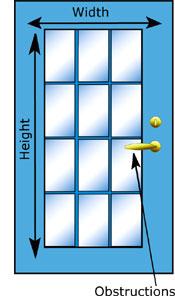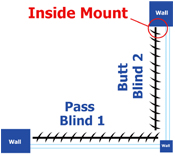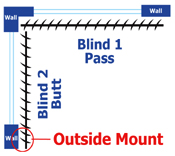How to Measure your Windows
General Overview: Rule 2. Measure down to the nearest eighth of an inch and do not round your measurements. Meaning don't measure 35 3/8" and call it 35" or 36". Rule 3. When writing down your measurements be sure to indicate which measurement is the width and which is the height and ALWAYS note the width first, then the height. A common mistake customers make is transposing the numbers. Be sure not to get them backwards. Since these are custom made products it's generally very hard to have a size modified and can get costly to have them remade. Rule 4. Inside Mount Only - Do NOT take any deductions . Our factory takes those allowances. You need to provide us with your EXACT WINDOW SIZE OPENING, do not use the size of an existing blind in that window. If you take your own deductions and then order as an inside mount you will get a double deduction when the factory also takes an allowance meaning your window treatment will not fit properly and you will have a larger gap between the treatment and the window opening. Rule 5. Outside Mount Only - You need to provide the exact overall blind size needed (by adding the necessary coverage to the width and height of opening). Our factory makes most outside mount blinds the exact width and height you specify. NOTE: The height includes the OVERALL blind which includes the headrail, etc. One of the few exceptions are roller shades which the width is generally made as a tip-to-tip size. Meaning the fabric width is generally smaller than the width of the roller tube and bracket tabs. Since there is generally no deductions made on outside mount blinds, do not order your blinds as an outside mount if you are installing them inside a window opening as they will not fit. The blind cannot be the same exact size as the window it will be installed in as there must be room for hardware and clearance. Outside mount applications are usually used for windows that do not have an inside area, like a patio sliding glass door for example.
|
||
|
How to Measure for an Inside Mount Bay WindowMeasuring for Bay Windows can be an easy task if you follow our directions. Generally, even with the most precise measurements there will be light/privacy gaps in the corners. This should not be considered a measuring mistake. It happens because when two blinds or shades meet in a corner only the front edges meet up and the blind or shade itself is normally slightly smaller in width than the headrail.To start measuring you need the depth of the bracket/headrail for the blinds type you wish to use. Select the product you are using in the Bay Window and write down the depth value associated with it.
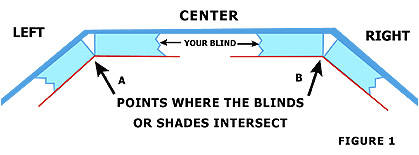 Now measure the widths of each blind needed for the Bay Window.
|
||||||||||||||||||||||||||||||||||||||||||||||||||||||||||||||







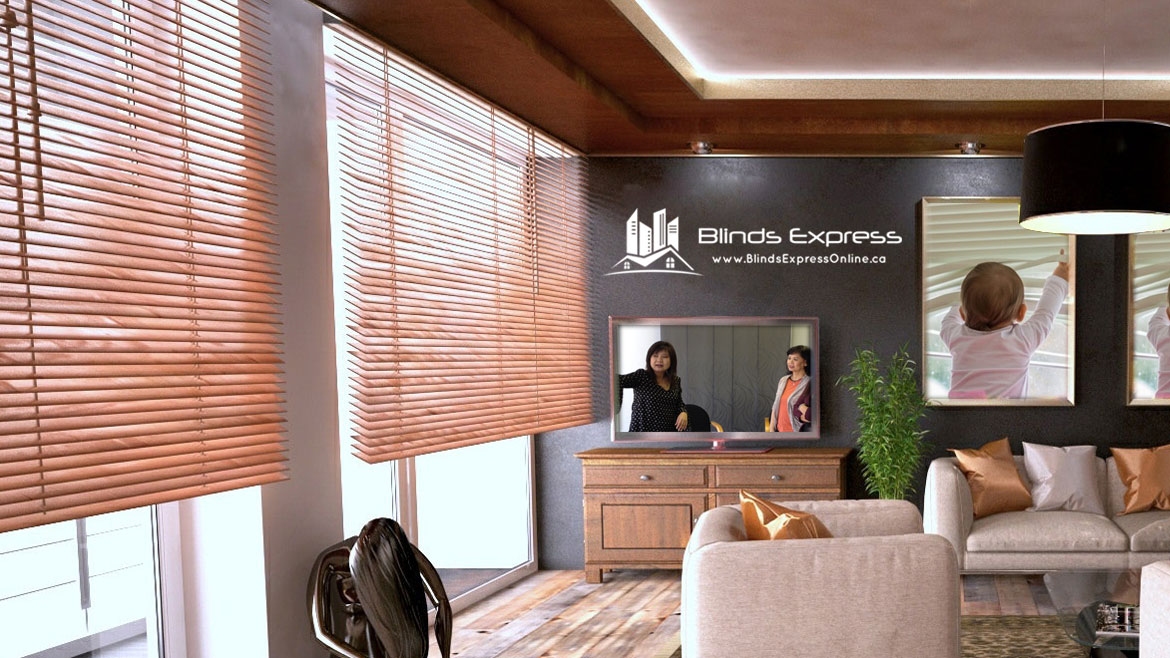
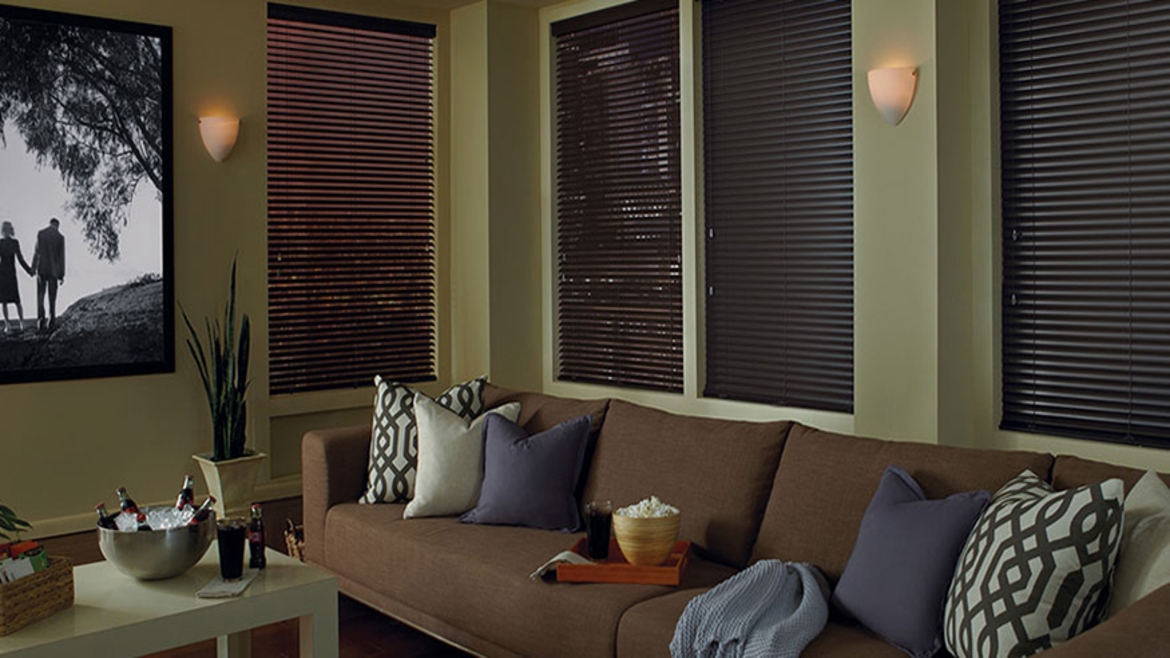
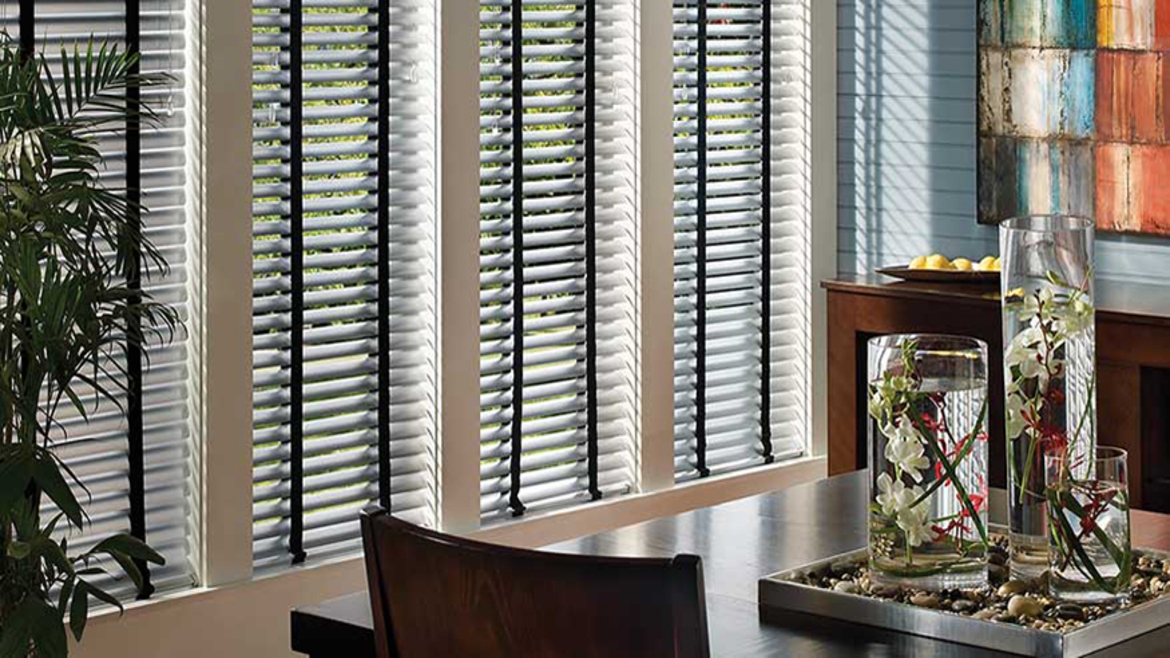
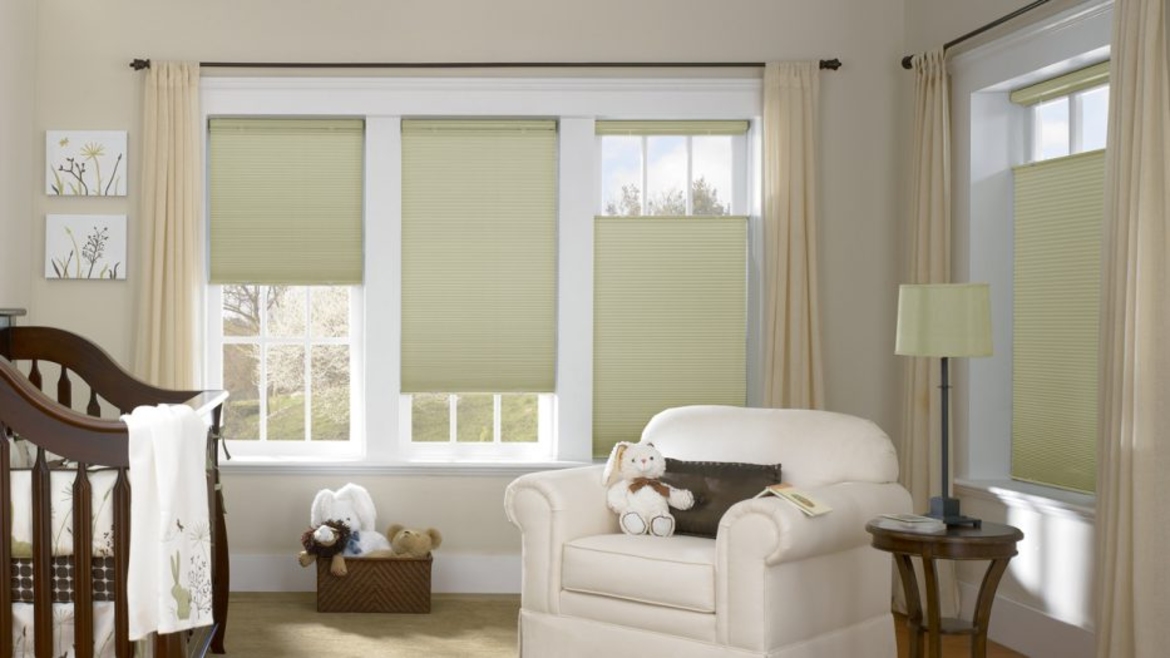
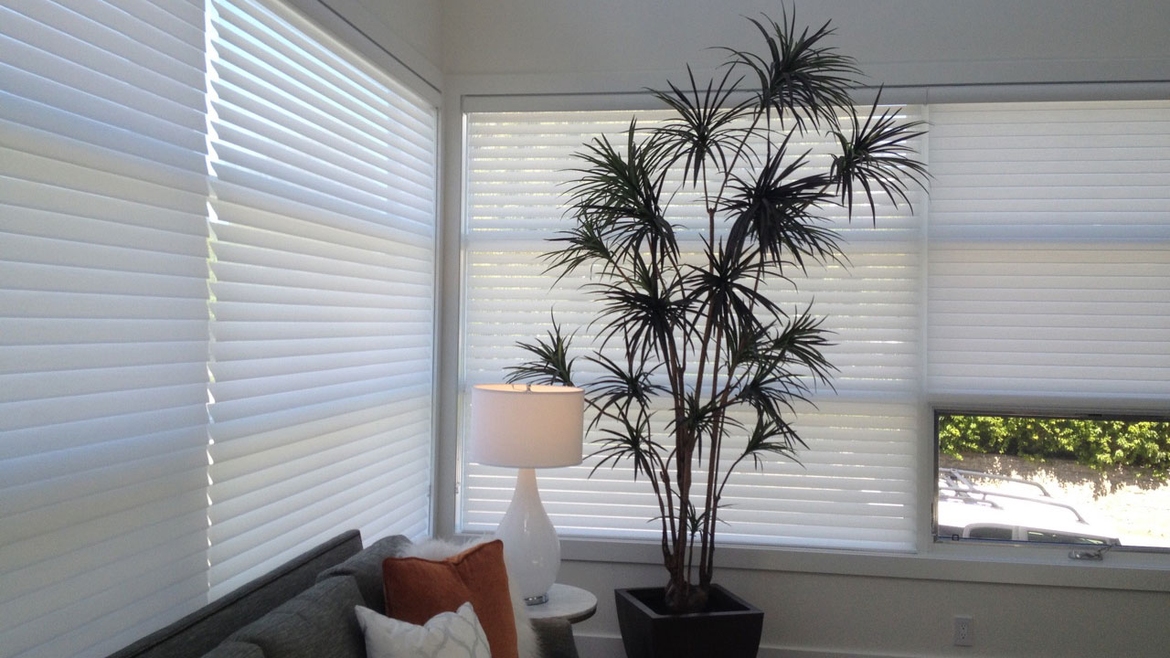

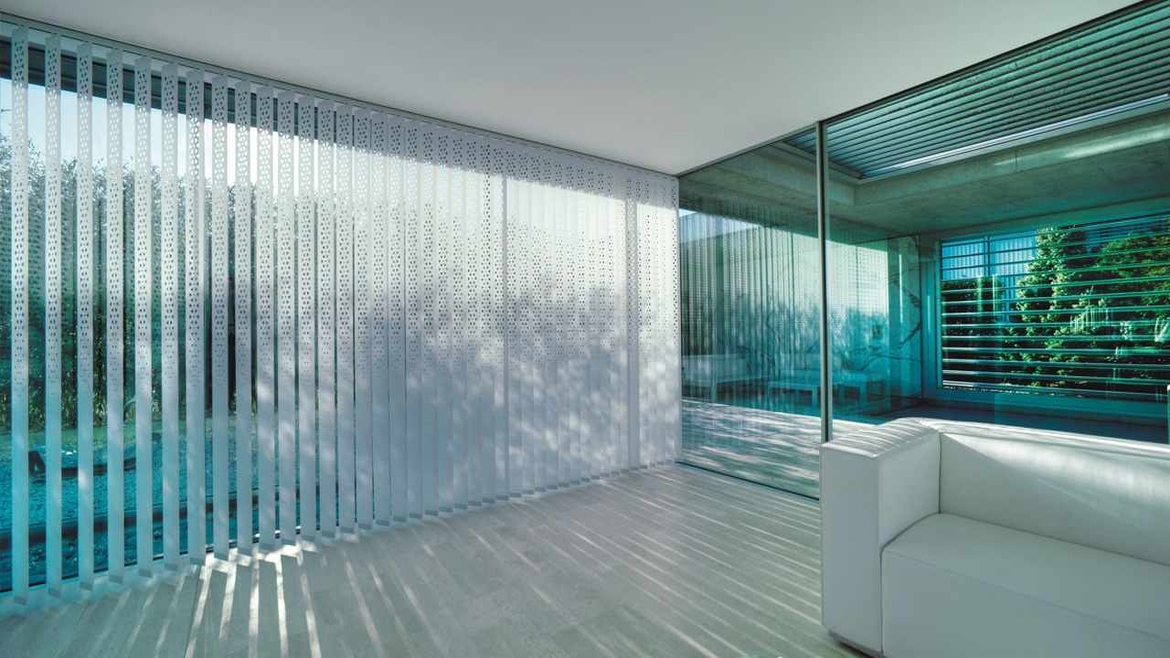
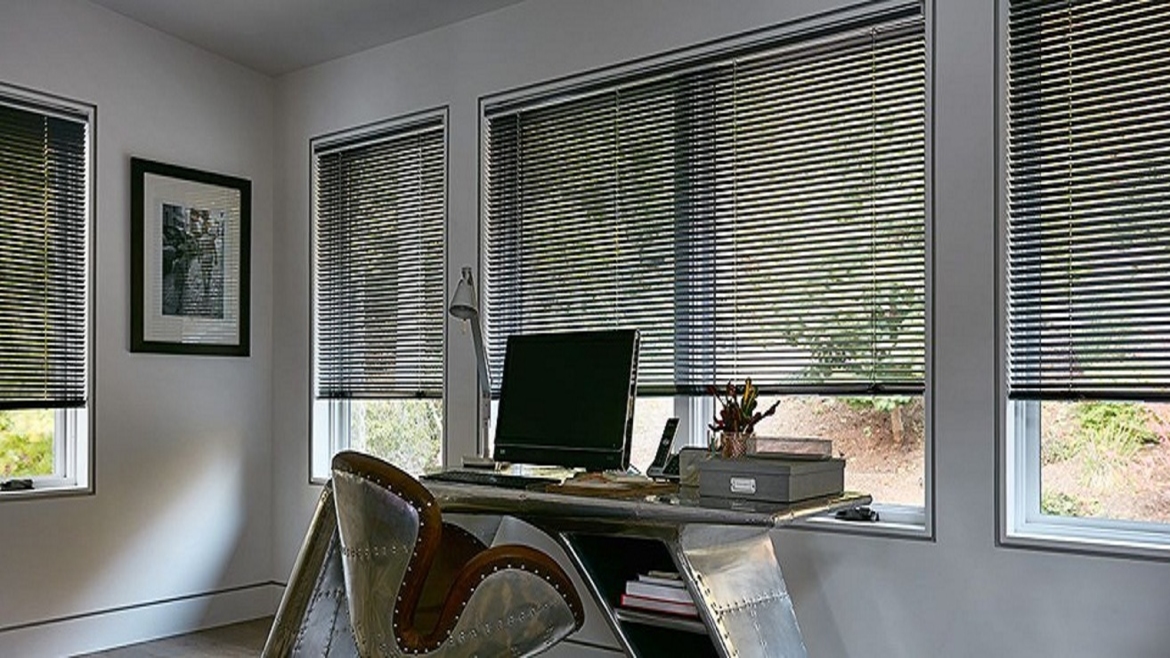
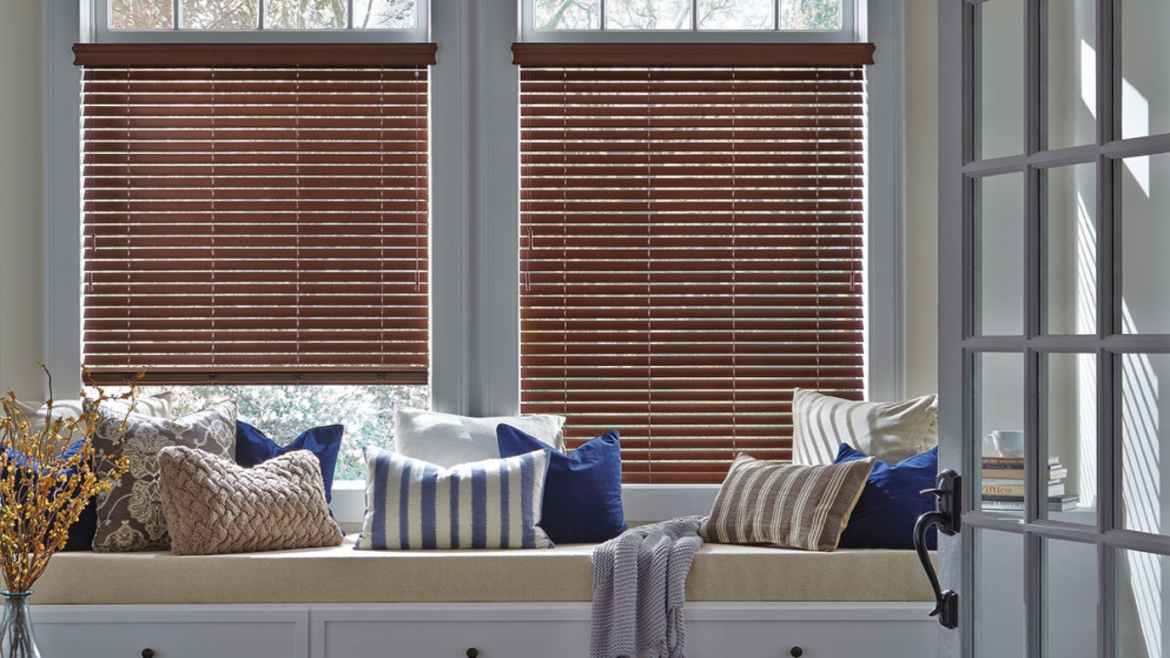
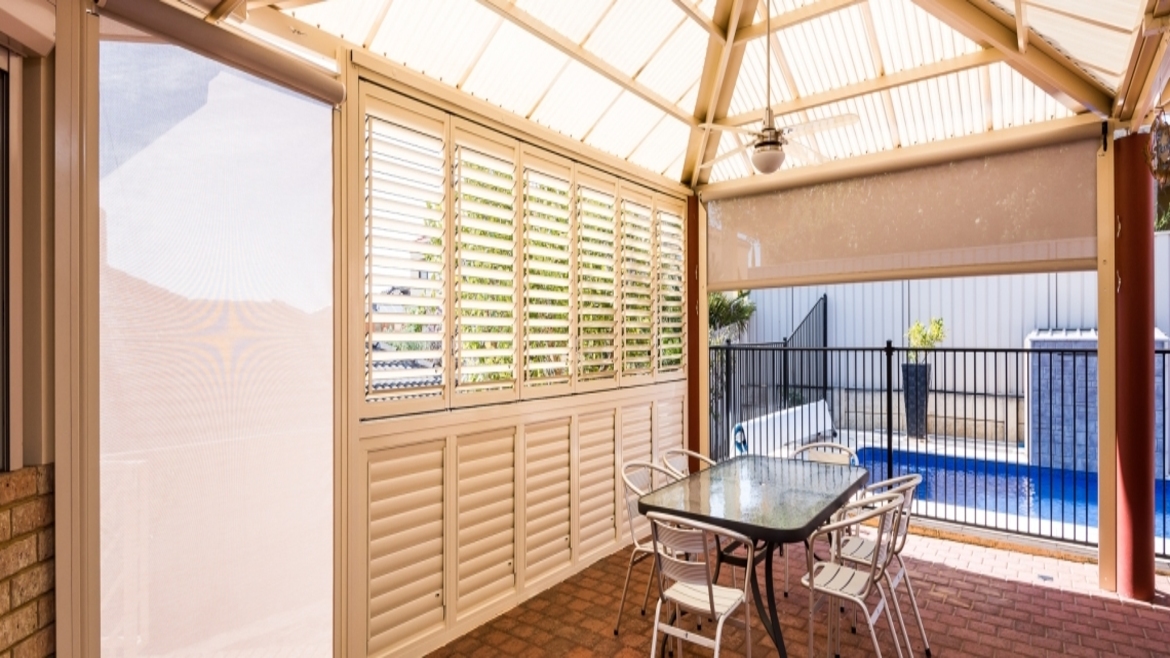
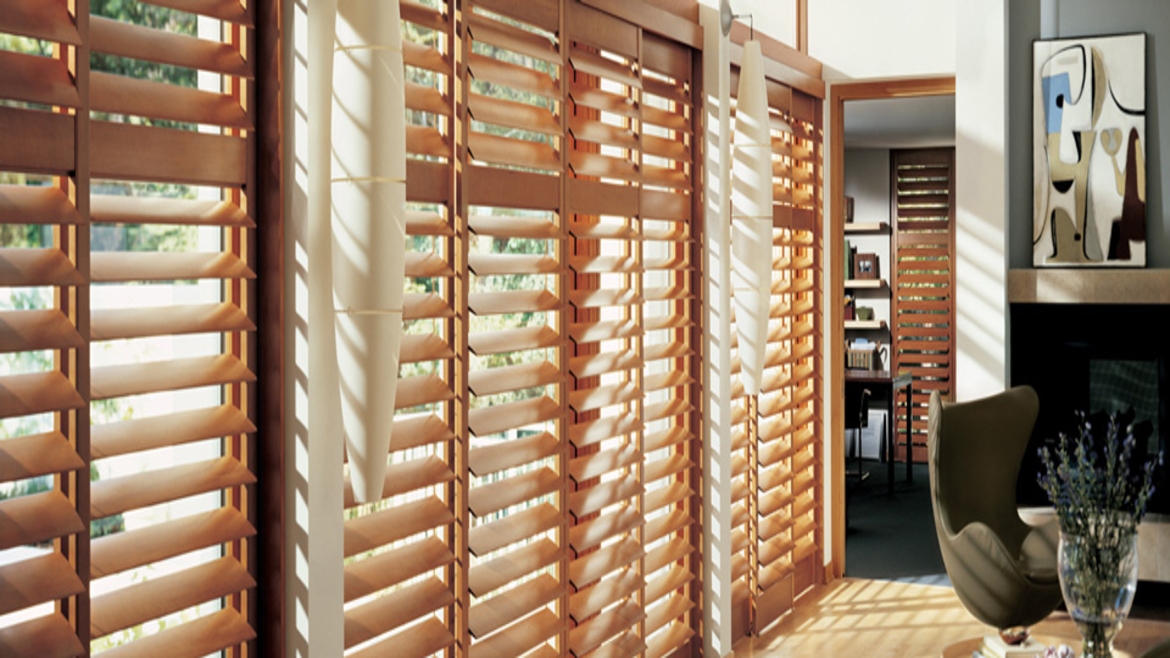
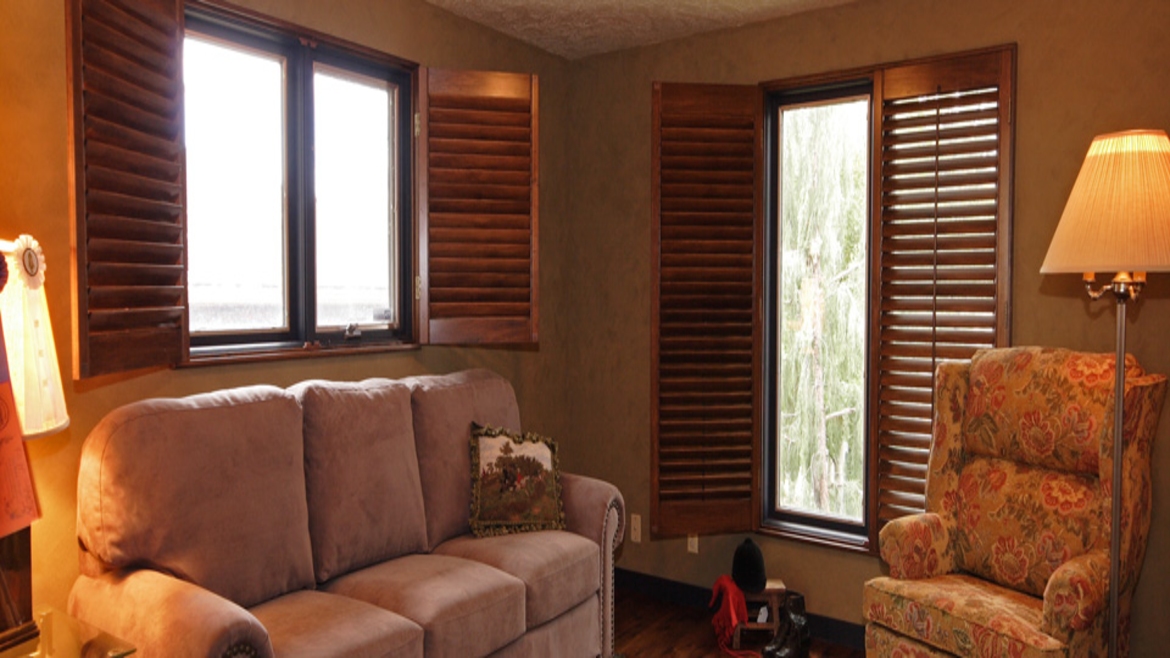


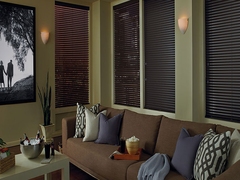
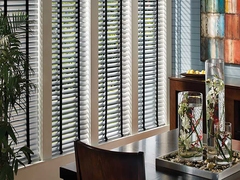
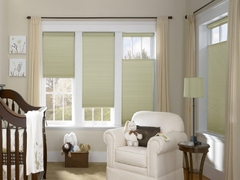
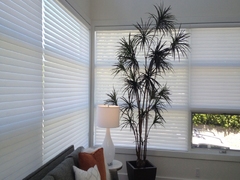

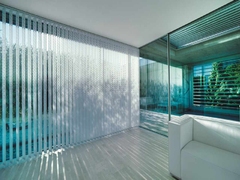
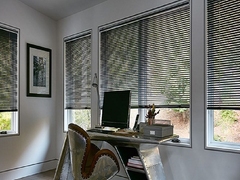
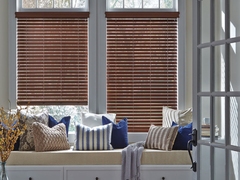
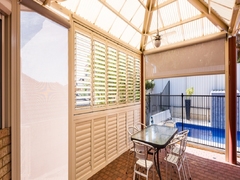
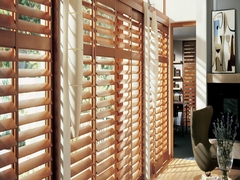
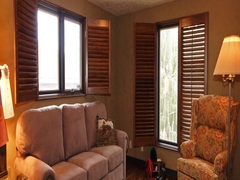
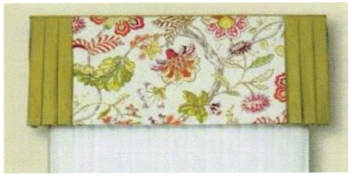
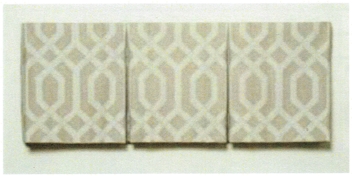
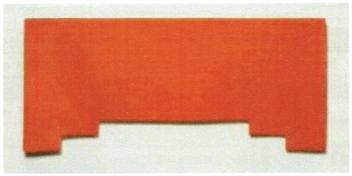
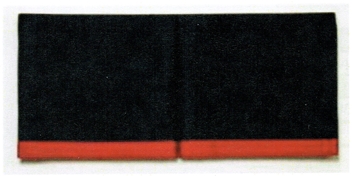
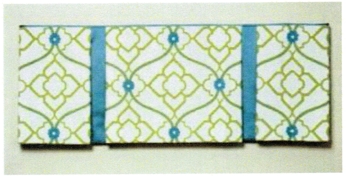


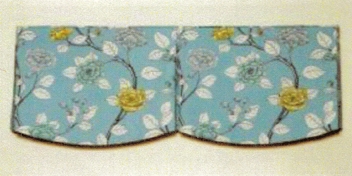
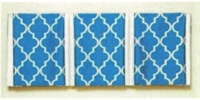

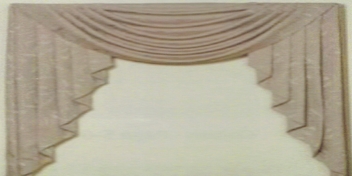
 Choose Inside or Outside Mount:
Choose Inside or Outside Mount: